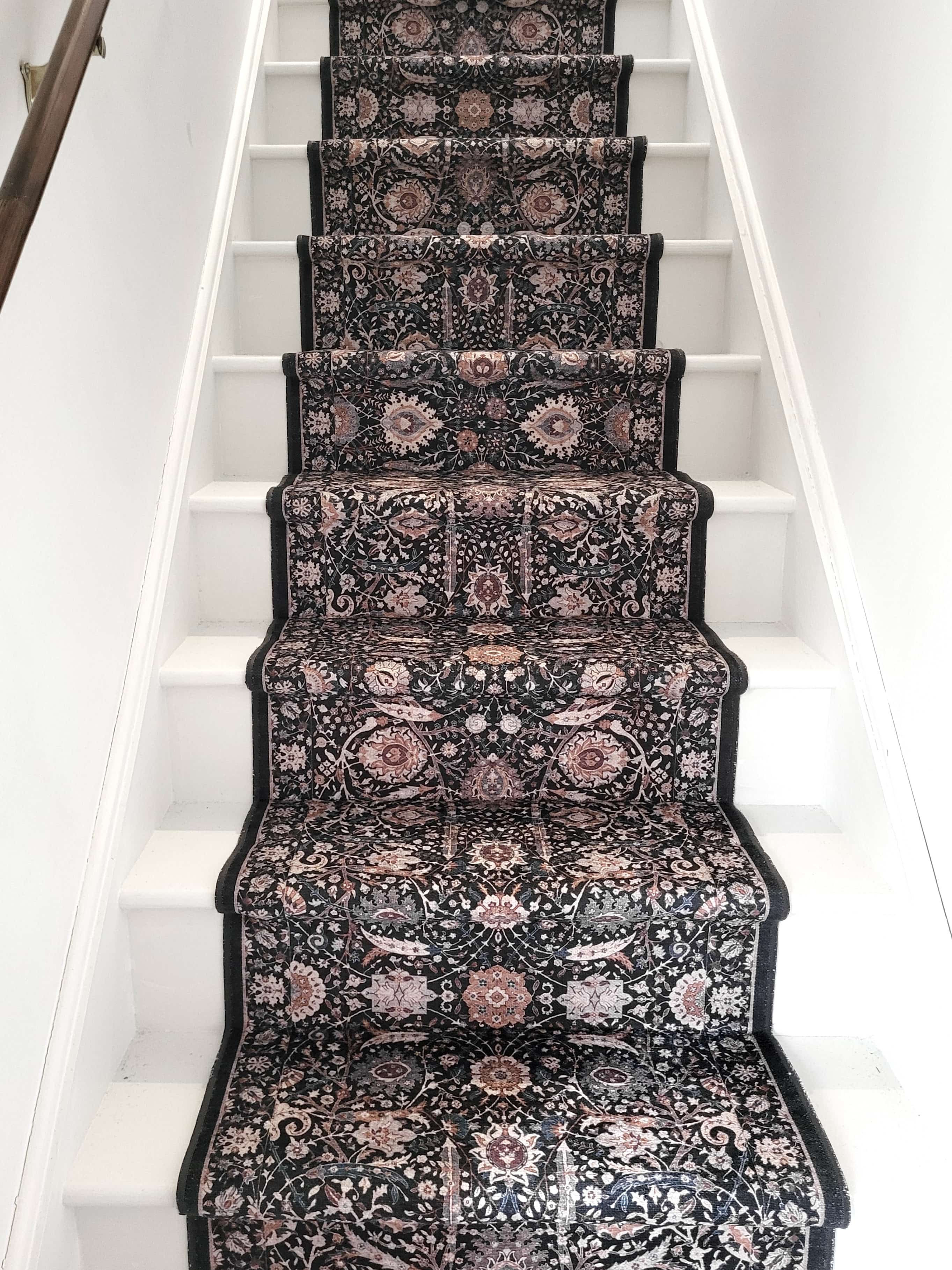Hop on the rug with us…and get to know how photographer Kelli Anderson lives life well.
When Kelli Anderson was given a set of toy figurines created by Sterling Ashby years ago, as a means to teach Black history to kids, she wasn’t intending to play with them. “I didn’t want to ever take them out of the box because I just thought they were so cute and delicate, and their little accessories were just so so darling,” she says. “I was afraid I could lose a piece.”
So the toys – one of Benjamin Banneker, the first Black scientist in America, the other, Matthew A Henson, the first Black man to reach the North Pole – sat in their box on a shelf in her living room, untouched, as collector’s items, for 10 years. Until Black History Month last year, when Anderson finally took them out to play, and in doing so, found a sense of self-expression that ended up giving new meaning to her work too.
A photographer who specializes in portraits, Anderson had, like so many, been impacted by the effect the pandemic had on her job. She was feeling awash with uncertainty about when it would ever end, coupled with the loss of her beloved cat. “One day, something happened on the news, and by chance, I looked over at the toys and they were like, ‘What are you waiting for?’ I felt like they were talking to me, like, ‘Are you ready yet?’” So Anderson took them down from the shelf and grabbed her camera.
“Not being able to really practice my photography was becoming a bit depressing for me,” she explains. “So toy photography actually kind of filled the void. Instead of photographing people, I started photographing toys.” She hadn’t expected to do more than just take one photo, for Black History Month, and put the toys back on the shelf. But when friends started responding positively to the photo she posted on her Instagram, she decided to keep playing.
From still shots to "action!"
The photos that Anderson took, with the figures ‘acting out’ various scenarios, blossomed into little videos that she’d edit. Created by Ashby as part of his History in Action range, the two figurines Anderson had were designed to share historical details about notable Black names. There was one more figure in the set that Ashby had created before he died of cancer in 2017, that of first Black woman pilot Bessie Coleman. Anderson didn’t have the Coleman figure, but she soon purchased an Ida B Wells one, from a different range, and together with the Banneker and Henson ones, created more little adventures involving them all.
And so A Black Toy Story was born. The series explores Black toys and Black history, and every video is accompanied by a script to give context to what’s happening in the clip. But the videos are not too serious – Anderson likes to dabble with narratives to make the stories whimsical and fun.
“As an artist I'm doing multiple things with this,” she says. “A lot of it is an adventure, not just the playing with toys part but the creative part for me, too. In my stories I give biographical information about the characters; I share historical information from during the time that they were alive or if there were accomplishments that were made. I try to weave that into the story as much as possible.”

Celebrating joy and history
For Anderson, it's a celebration of Black joy, and it's a celebration of history and culture. “And it is for anyone that comes along to enjoy that,” she says. “It's an opportunity for people to learn about history, as well as kind of just enjoying something funny and something fun.” But before it became about bringing others joy, it was an exercise in joy for Anderson herself. “It's a way for me to challenge myself without having to feel guarded and without having to feel like there's rules I need to follow. With toys, there’s nothing you can do wrong, it’s only discovery. I want other people to also experience the joy that I get from it. And if I don't get any joy in what I'm creating, then it's not something I should be sharing.”
Anderson considers herself an optimist by nature, but it’s definitely something her father helped instill in her at a young age. “He used to say every day to my siblings and I before we went to school, ‘Be your best, let God do the rest.’ It was just a mantra that put you in a positive frame of mind: you just do your best and you shouldn’t be concerned or afraid of what others may think, you just let the magic of the universe and spirit carry the rest of the way.”
She lets these words carry her still today, in both her day-job as a media producer and arts educator, as well as in the passion project that is A Black Toy Story. “As long as I'm producing content that has that same wavelength, that positivity, then it is a reflection of me, it is a reflection of my faith, it is a reflection of my culture.” Anderson always wants people to look at her artwork and feel like they’ve been given something. “I want them to feel like they’ve been given an experience, been given some joy, been given hope. For me, it's really important that I put that kind of energy out into the world.”





Share:
How John Onwuchekwa is pouring a new narrative through coffee and conversation.
How Amit Gupta uses science-fiction to imagine an optimistic future.